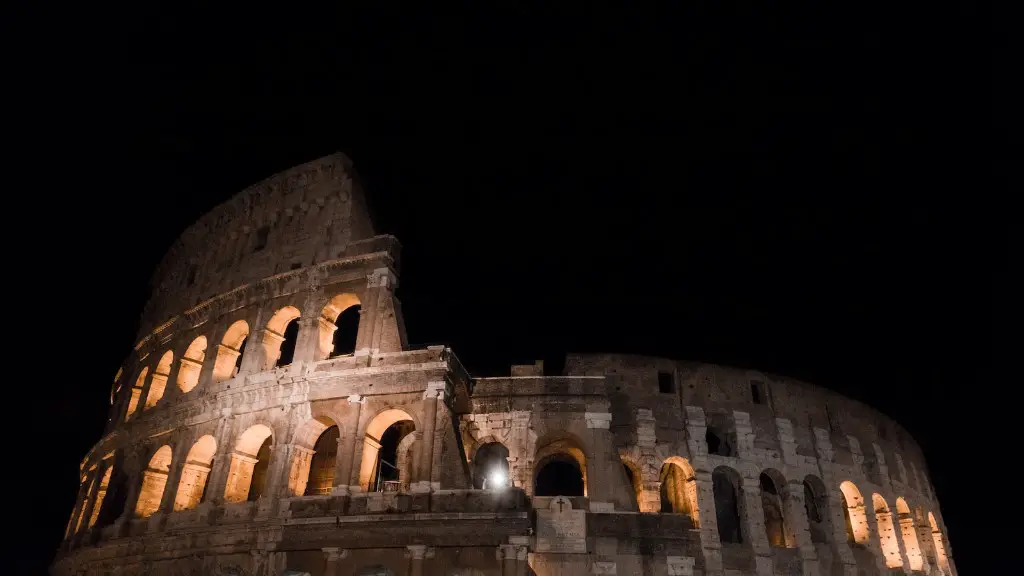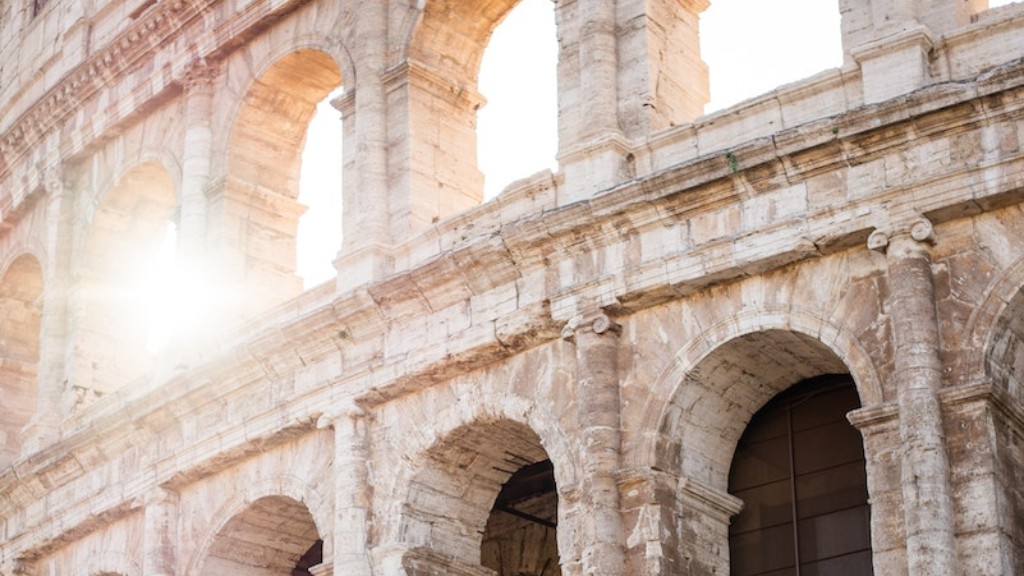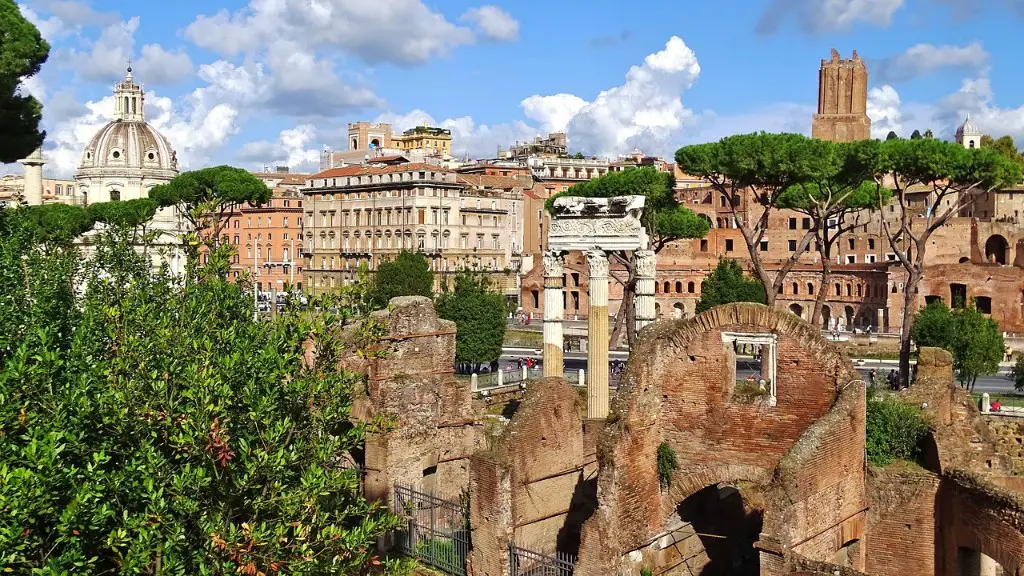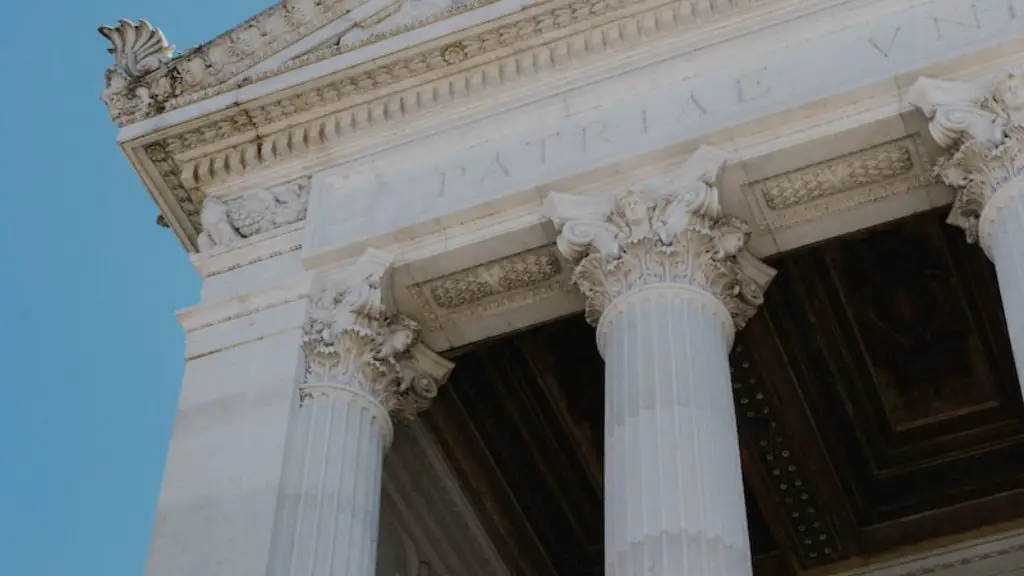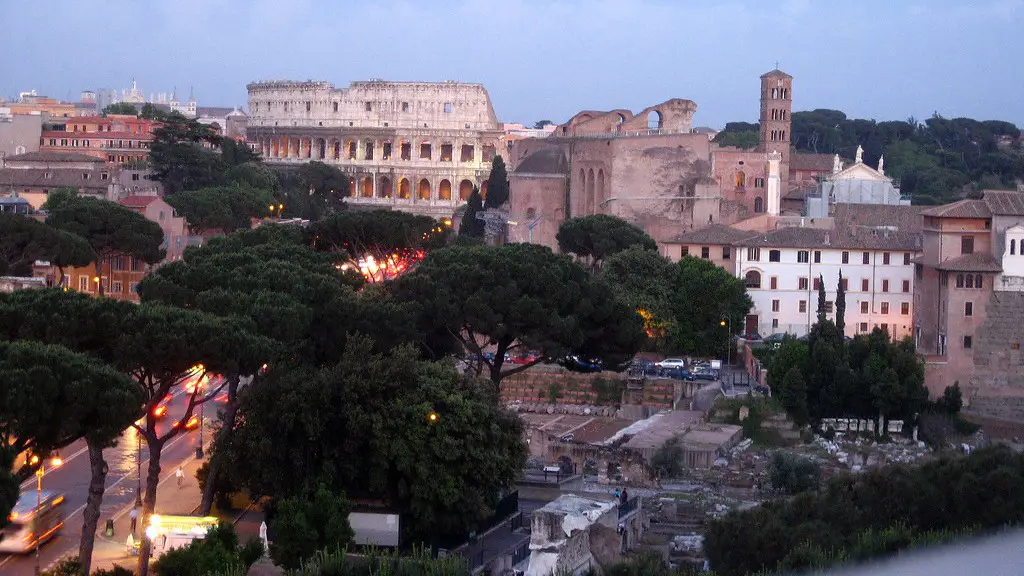Communication in Ancient Rome
The Roman Empire of antiquity offers a unique glimpse into the past and a rich legacy from which future societies have drawn inspiration. Of course, the language of ancient Rome was a critical part of the culture and served to communicate ideas, beliefs, and values to its citizens and those living beyond its borders. For thousands of years, Latin has been viewed as the language of the classical past and its status has not diminished even today.
In the early Republic and Imperial era, the main language of Rome was largely Latin, which was spoken throughout the Mediterranean. It was the lingua franca of the Roman Empire and would later be adopted by other nearby cultures and languages, establishing itself as the mother tongue of Romance languages, including Spanish, French, Italian and Portuguese. Latin was used for official documentation and inscribed on monuments. Religion in particular found it to be of importance, as many religious texts and traditions were written in Latin. In addition, there were several ancient dialects such as Sabellic that were popular in Latium, Oscan in Southern Italy, Etruscan in the North, and Umbrian along the eastern coast.
The ancient Romans famously had a knack for law, and Latin was the primary language underpinning legal codes and government processes. Latin terms and phrases such as “tabula rasa,” “dictum meum pactum,” “bona fide,” and “pro bono,” are still used today. The repertoire of Latin words continued to expand until the fall of the Western Roman Empire in the 5th century and the Latin tradition has had a lasting impact on Western civilization since its collapse.
In addition to the spoken language, Latin was also used as a form of written communication. Latin inscriptions were a common sight throughout the ancient Roman Empire and the language was used to convey messages, laws, religious beliefs and historical records. Latin graffiti and letters known to us as Vindolanda tablets have been discovered. These bits of information have helped to provide a comprehensive understanding of the different branches of knowledge collected by the Romans. Scrolling through these ancient records is a rewarding journey through time, giving us a glimpse into the world of the past.
Latin grammar is something which the ancient Romans took a great interest in, and their influence is still felt today. The concept of declensions, parts of speech, the use of verb forms and accidence (grammatical irregularities) are all firmly rooted in Latin. One notable example is the idea of singular versus plural, something which many modern-day languages are based on. Latin was also known for its flexibility; important words and names could be changed by prefixing or suffixing a word.
In conclusion, Latin served as a bridge between Rome and other civilizations of antiquity, enabling the Romans to share their knowledge, culture, and values with their numerous contacts. Their use of the language has had an everlasting influence on many aspects of modern culture. Latin allowed the Roman people to communicate their ideas clearly and concisely, and in a way that no other language of the time could compete with. It was a powerful tool, and one which continues to be a part of our lives today.
Education in Ancient Rome
Education was a cornerstone of Roman life. It was integral to the development and maintenance of the Roman state and its institutions and was thus highly valued. The ancient Romans had a well-developed educational system which was based on the knowledge and practices of the Greek world. The study of Latin, in particular, was of paramount importance in Rome and was heavily emphasized in their curricula. This was emulated by other cultures, such as the Egyptians and North Africans, who adopted the language.
Greek was also an important subject for Roman students. Literature, philosophy, science, and mathematics were some of the topics studied by Roman youth. The Romans implemented a three-tier system of education which was divided into primary, secondary, and tertiary education. Primary and secondary education were mainly focused on teaching Latin, literature, reading, and writing. These boy-only institutions had teachers, grammatici, who were typically freed slaves. Tertiarly education was more specialized, with students being taught the basics of law, medicine, public administration, and rhetoric.
Primary education in Ancient Rome was mainly an introduction to the literary Latin language. As the child’s literacy developed, they would be introduced to books and literature. Schools were traditionally owned by the elites in Roman society and were only open to boys (girls and the lower-class were excluded). Instruction was focused primarily on grammar, literature, and the rhetoric of Cicero, a famous Roman orator, and students were taught to emulate his renowned style.
In addition to studying Latin and Greek, students were introduced to other subjects such Roman history and mythology, as well as woodworking, music, and rhetoric. These skills were integral to the Roman state and its ability to function. As part of the educational process, boys were also taught the Roman virtues of loyalty, obedience, and courage.
In conclusion, education was highly valued in Ancient Rome and much of it was modeled after the Greek system, having an emphasis on the study of Latin and Greek literature. It was part of the Roman state’s tool to ensure loyalty and obedience among its citizens to the Roman throne. Through their education, they were trained to be become citizens of the Roman Empire, with all the virtues necessary to satisfy the needs of the Roman state.
Religion in Ancient Rome
Religion played an important role in Ancient Rome, shaping the lives of its people and governing the actions of those in power. The Roman religion was polytheistic, with its gods and goddesses borrowed from the Greeks and adapted to Roman culture. The most important gods for the Romans were Jupiter, Juno, and Minerva. The people of Ancient Rome believed that these gods had various roles in the world and that it was essential to revere them to maintain the balance of life.
Religious practice in Ancient Rome varied depending on the social and economic class of the worshiper. Wealthy members of society were able to afford elaborate ceremonies and offerings, while the common people and laborers typically celebrated the main holidays and festivals. Rome had temples and shrines dedicated to its gods and goddesses, including the Pantheon which was devoted to all the gods. Animal sacrifice or sacrifice of food was a prominent feature of religious life in Ancient Rome.
Religion also played a role in the political structure of Ancient Rome. The emperors were seen as gods and were often given titles such as “paterfamilias” and “Magnus” which had religious connotations. This religious signaling was intended to elevate their status among the people and lend them legitimacy and authority. Roman priests, known as pontifices, had a considerable influence in shaping political life in Ancient Rome.
Religion was also integrated into the fabric of Roman society. Religious festivals and rituals such as Saturnalia, Lupercalia, and Bacchanalia were celebrated. These feasts and celebrations were a way for the people to mark important time in the Roman calendar. In addition to the festivals, the Romans had a system of religious buildings, the most famous being the Temple of Vesta, which were built throughout the Roman Republic and the Roman Empire.
In conclusion, religion was an important part of life in Ancient Rome. Respect for the gods and goddesses was a part of the fabric of daily life and was integral to Roman politics and society. Through religious ceremony and sacrifice, the Romans were able to maintain an ordered society and provide stability to the life of its citizens.
Architecture in Ancient Rome
Ancient Rome is renowned for its rich legacy of monumental architecture, a legacy that stretches from the Republic to the present day. Just about every era in the history of Ancient Rome has left its imprint on the landscape, from the grandeur of the Colosseum to the water fountains of the Renaissance. Roman architecture was a reflection of the society it served, a society that valued order, uniformity, and grandiosity.
Roman architecture varied from practical to ornamental, such as the aqueducts built to bring water to the city, the roadways constructed for the expansion of the empire, and the bustling public spaces, especially in the capital. The signature of Ancient Roman architecture was the incorporation of arches, using a Vitruvian system with webs of wedge-shaped blocks of stone able to support considerable weight. It allowed the Romans to build grand arched bridges, arched roofs and arched doorways. Rome also employed the use of pillars, columns, and basins.
One of the most iconic symbols of Roman architecture is the Colosseum, constructed in the first century CE. It was a multi-tiered building that housed gladiatorial events, and its design and construction was a marvel of engineering. It featured a barrel-vaulted roof, several tiers of seating, and an underground staging area which allowed for elaborate set pieces during the events. It was an architectural masterpiece and, to this day, is an example of the design excellence the Romans achieved.
The most iconic structure of Roman architecture is the Pantheon, constructed by Marcus Agrippa in the 2nd century and now one of the most visited monuments in Rome. The Pantheon was a temple to all the gods and an example of the grandiosity of Roman design and engineering. Made of concrete and stone, the building was characterized by its sheer size and by its dome, a unique engineering feat at the time. It was decorated with classical reliefs and sculptures, featuring a famous oculus at the top to allow light to enter the building.
In conclusion, the architectural legacy of Ancient Rome is both varied and impressive. From utilitarian structures like bridges and aqueducts to grand monuments like the Colosseum and the Pantheon, Roman architecture was an expression of the society that it served. To this day, the influence of Ancient Roman architecture can be seen all over the world, from modern public plazas to towering arches.
Art in Ancient Rome
The art of Ancient Rome was a reflection of the culture and values of the Roman Empire. Rome’s art was heavily influenced by Greece, but it also had its own unique character and aesthetic, incorporating elements of its own heritage, values, and beliefs. Ancient Roman art was mainly focused on portraying gods and goddesses, emperors, daily life and events, and legends and myths, although there was some variation in theme and style.
The Romans were greatly influenced by the art and culture of the Greeks, and adopted many of the Greek artistic conventions and methods. Roman art was mainly concerned with capturing the essence of its subjects and depicting events as realistically as possible. Painting and sculpting were both important forms of Roman art, with large wall paintings and enormous statues of gods and emperors found in many cities. These sculptures were often explicit in their depiction of their subjects and carefully detailed.
Alongside painting and sculpture, frescoes, mosaics and pottery were important forms of Roman art. Frescoes were used to decorate the walls of temples and other public buildings and depicted scenes of battle, legend, and myth. Mosaics were popular because they were flexible and could be employed to decorate both walls and floors. Pottery was mainly used to tell stories and record events, often with elaborate scenes inspired by Greek mythology.
Ancient Roman art had a lasting impact on art in the Western world. It established the principles of realism and idealism, which were then passed on to the Renaissance and subsequent periods. The form and content of Roman art was heavily influential and served as an example of the power of visual expression. To this day, modern art can be seen to contain elements of Ancient Roman art, and the influence of this tradition continues to grow.
In conclusion, Ancient Roman art was largely modeled on the art of Greece but still managed to develop a unique aesthetic. From sculptures of gods and emperors to mosaics and frescoes, the Roman artists created an impressive legacy that still influences art today. Through realistic depictions of mythological scenes, battles, and daily life, the artists of ancient Rome have left an indelible mark on the world of art.
